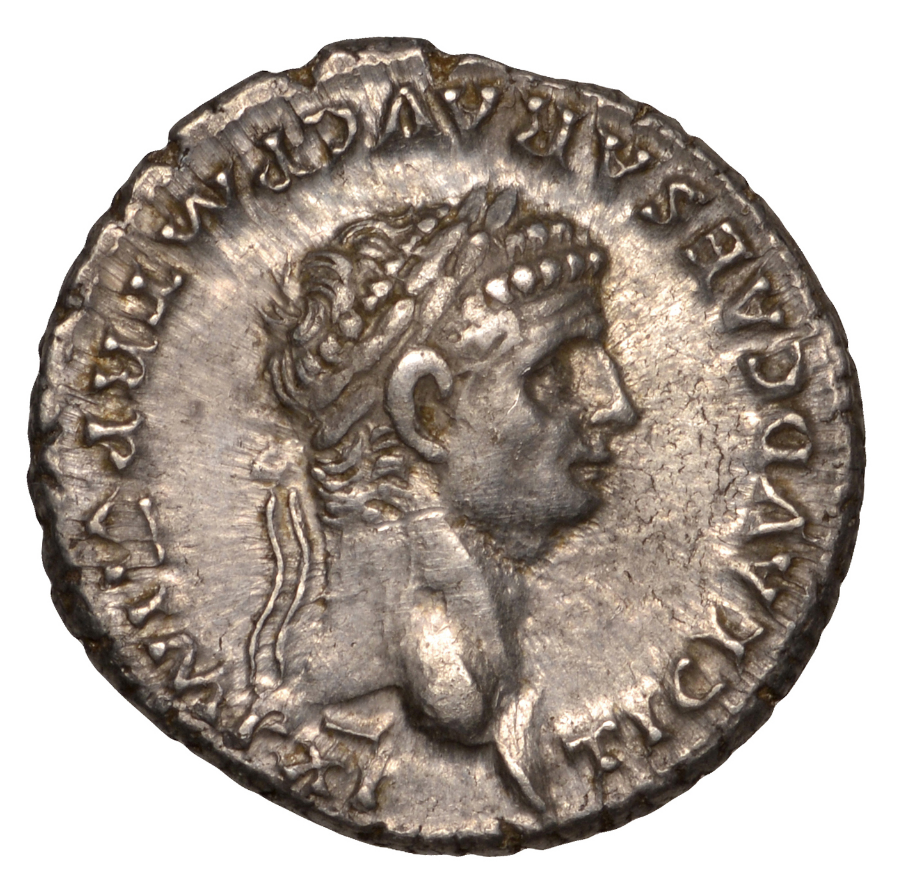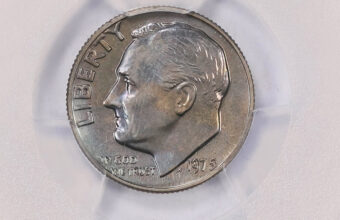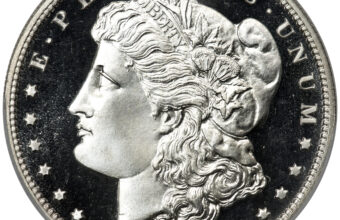One of the largest British metal-detected hoards of Roman and Iron-age coins has sold for £132,000: nearly twice its estimate at auction.
The 680 gold and silver coins were found by detectorist George Ridgway at Helmingham Hall, Suffolk. The ancient money was sold on September 18 alongside another metal detector find from Kent.
Mr Ridgway thought he might have found something valuable enough to go out for a drink with his dad. He now has grander plans.
The Suffolk coins range in date from 206 BC to AD 47.

Helmingham Hall in Suffolk, where Mr Ridgway literally struck gold
That takes in the end of the Iron Age period and some of the Roman occupation of the British Isles. Emperor Claudius sat on the imperial throne in Rome and is on the latest dated of these coins.
Alice Cullen, of Noonans Mayfair, who handled the sale told the BBC: “This is one of the largest hoards containing both Iron Age coins and Roman coins found in Britain, with the latest coins of Claudius and those of Cunobelin in virtually ‘as struck’ condition.”
Cunobelin, whose name means something like “strong dog”, was a king in south-eastern England in the first century. Shakespeare’s Cymbeline is based on him.
Ms Cullen added: “The location of the hoard, together with the date range, suggests the coins may have been buried by a long serving Legionary soldier from the XX Legion, who were stationed at nearby Colchester.
“In 47 AD the East Anglian Iceni tribe rebelled after the Roman governor Ostorius ordered them to disarm, resulting in a fierce battle that was likely held at Stonea Camp in Cambridgeshire, which the Romans won.”
Mr Ridgway is himself a trained archeologist, inspired by Indiana Jones, and has described the find as “awe inspiring”.
The most valuable coins were Roman discoveries that defied their estimates.
A Caligula AD 37 – 38 denarius realised £7,000 against a £2,000 to £3,000 valuation.
A Claudius denarius from AD 41 – 42 surpassed its pre-sale estimate of £1,800 to sell for £5,000.
The collection, sold alongside another discovered hoard, went 10s of thousands of pounds over its total pre-sale estimate of £75,000.
Mr Ridgway will share his good fortune with the owner of the land where the coins were found.
The Lenham Hoard that was also sold made over £100,000. It was discovered in Kent and contained 35 Roman gold coins, the most valuable of which realised £7,500.
Metal detectorists dream of finds like this, but are few and far between. One of the largest was the Staffordshire Hoard discovered in 2009 by Terry Herbert.
Terry’s initial finds led to a full-scale excavation that revealed a major find of thousands of items, most of them gold. It was sold for £3.3 million to two local museums, using the Treasure Act. The Treasure Act is designed to protect finds of historical importance, and compels finders of hoards over certain ages, size and value to inform the local authorities.












